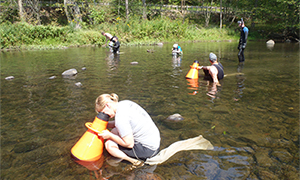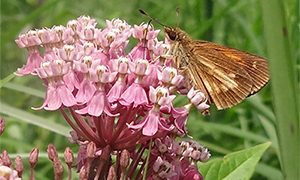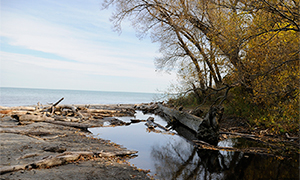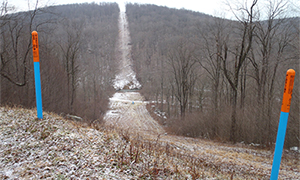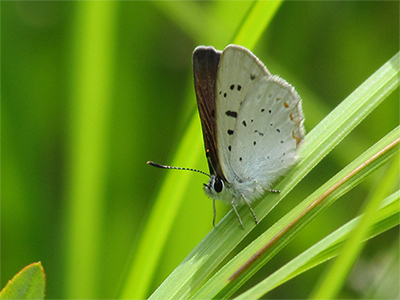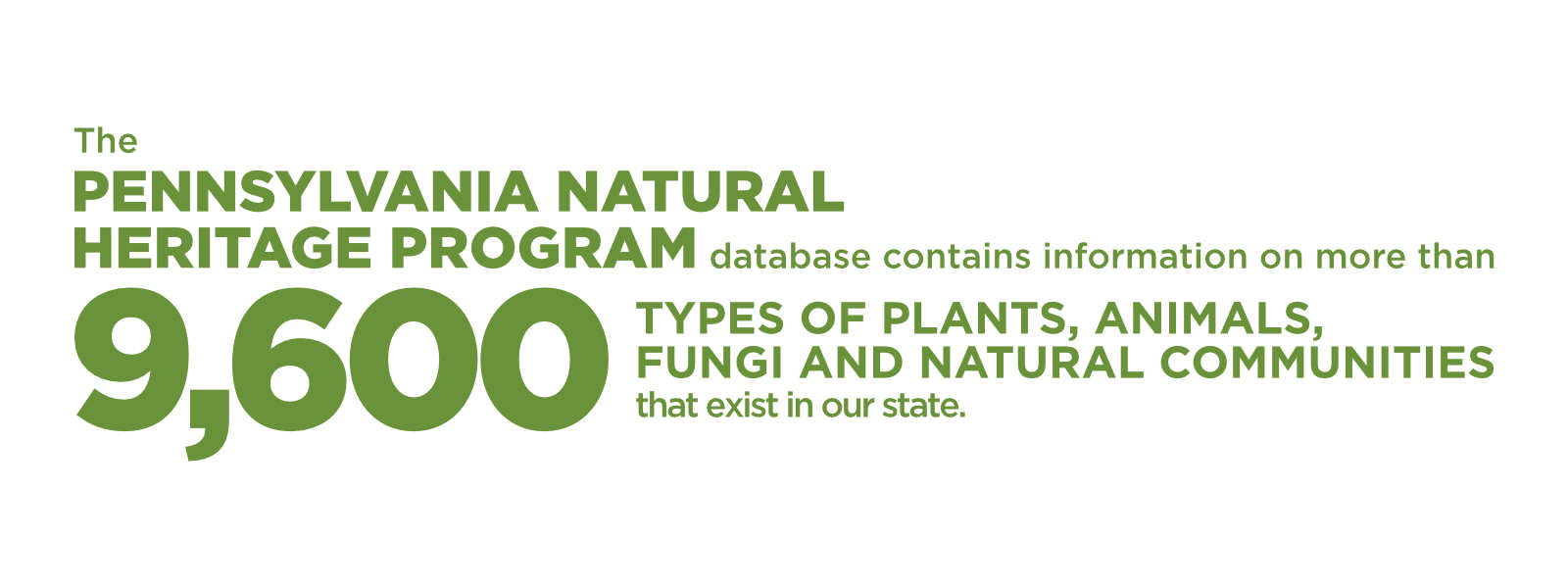Conservation Science
Protecting Pennsylvania’s Plants and Animals
The success of the Western Pennsylvania Conservancy’s conservation work relies on the collaboration and coordination of data, planning and projects among a variety of Conservancy programs. WPC’s conservation science program takes important data on the state’s biodiversity and helps apply it to land protection, watershed restoration, land stewardship planning and policy development.
Our science staff works to document many of the state’s species and natural communities, especially those that are rare and endangered. Our research gives us insight into the biodiversity of Pennsylvania and we share information with institutions, agencies and the public. This work helps to guide conservation throughout the state and within the Western Pennsylvania Conservancy.
Science and Research
Our science team collects information about plants, animals and habitats across the state.
Species at Risk in Pennsylvania
Native plants and animals are vulnerable to ecological threats. These species are just a few currently at risk in our region.
Our Impact
Why It Matters
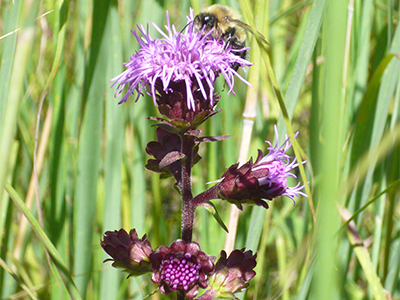
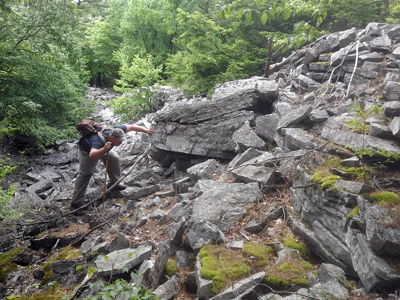
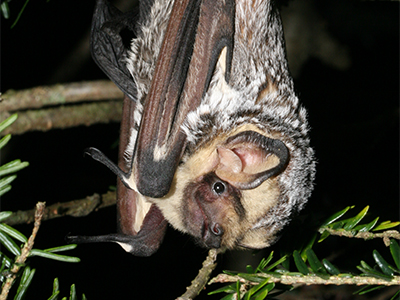
Our scientific understanding of Pennsylvania’s natural world helps us prioritize conservation projects and maximize the impact of our work throughout the region. The Conservancy uses this information to directly protect biodiversity by buying or easing land. We also work closely with other organizations, state agencies and partners who use our information to guide their efforts to conserve species and habitats across the state.
What's New
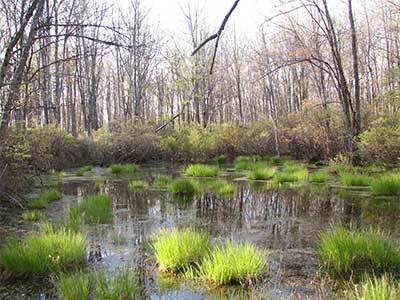
- Stay up-to-date with all natural heritage news by signing up for the quarterly Wild Heritage Newsletter.
- Learn how to record your findings of invasive plants, insects and animals using iMapInvasives. Find more information on the PA iMapInvasives website.
Get Involved
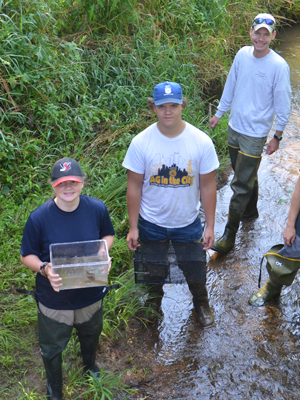
We want to share what we’ve discovered through conservation science. There are several ways for you to get involved, whether you’re interested in volunteer opportunities, citizen science or continuing education.
- The Western Pennsylvania Conservancy is a partner of the Allegheny Bird Conservation Alliance and BirdSafe Pittsburgh. Learn more about bird conservation efforts in Allegheny County.
- Help us track invasive and unwelcome species in Pennsylvania. Become a citizen scientist and report your sightings of invasive species to iMapinvasives, an online database used to track and report invasive species in the state. Register for a free account to begin submitting your observations today. Not sure what species are considered invasive? Check out our Gallery of Invaders on the Pennsylvania iMapInvasives website to learn more

